Rising Consumer Awareness
The organic soaps market is experiencing a notable surge in consumer awareness regarding the ingredients used in personal care products. As individuals become increasingly informed about the potential harmful effects of synthetic chemicals, they are gravitating towards organic alternatives. This shift is evidenced by a reported increase in sales of organic soaps, which reached approximately $1.5 billion in 2025, reflecting a growth rate of around 10% annually. Consumers are actively seeking products that align with their values of health and environmental sustainability, thereby driving demand for organic soaps. This heightened awareness is not only influencing purchasing decisions but also encouraging brands to innovate and expand their organic product lines, further propelling the organic soaps market forward.
Shift Towards Eco-Friendly Packaging
The organic soaps market is witnessing a significant shift towards eco-friendly packaging solutions. As consumers become more environmentally conscious, they are increasingly demanding products that not only contain organic ingredients but are also packaged sustainably. In 2025, it is estimated that over 60% of consumers prefer brands that utilize biodegradable or recyclable packaging. This trend is prompting manufacturers to innovate in their packaging strategies, leading to a rise in the use of materials such as glass, recycled paper, and plant-based plastics. Consequently, this shift is likely to enhance brand loyalty and attract new customers, thereby contributing to the overall growth of the organic soaps market.
Growing Demand for Natural Ingredients
The organic soaps market is experiencing a growing demand for natural ingredients, as consumers increasingly prioritize products that are free from synthetic additives. This trend is reflected in market data, which indicates that the sales of organic soaps made with natural ingredients have surged by approximately 20% in the past year. Consumers are becoming more discerning, seeking transparency in ingredient sourcing and formulation. This demand is prompting manufacturers to reformulate existing products and develop new offerings that emphasize natural components. As the trend towards natural ingredients continues, the organic soaps market is poised for sustained growth, catering to the evolving preferences of health-conscious consumers.
Regulatory Support for Organic Products
The organic soaps market benefits from a favorable regulatory environment that promotes the use of organic ingredients in personal care products. Government initiatives aimed at supporting organic farming and sustainable practices have led to an increase in the availability of certified organic raw materials. In 2025, the USDA reported a 15% rise in certified organic farms, which directly impacts the supply chain for organic soaps. This regulatory support not only enhances consumer trust but also encourages manufacturers to invest in organic formulations. As regulations continue to evolve, the organic soaps market is likely to see further growth, as compliance with organic standards becomes a competitive advantage for brands.
Influence of Social Media and Digital Marketing
The organic soaps market is significantly influenced by the rise of social media and digital marketing strategies. Brands are leveraging platforms like Instagram and TikTok to showcase their products, engage with consumers, and build communities around organic lifestyles. This digital presence is crucial, as approximately 70% of consumers report discovering new products through social media channels. Influencers and content creators play a pivotal role in promoting organic soaps, often highlighting their benefits and unique selling points. As brands invest more in digital marketing, the organic soaps market is likely to expand its reach and appeal to a broader audience, driving sales and brand recognition.



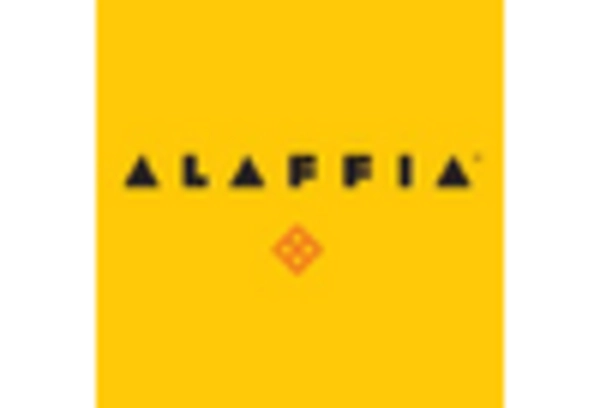
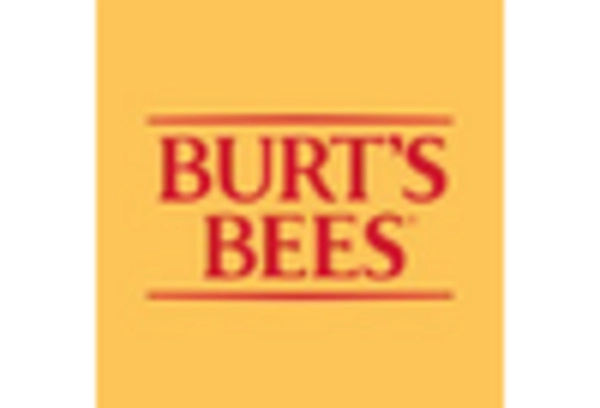
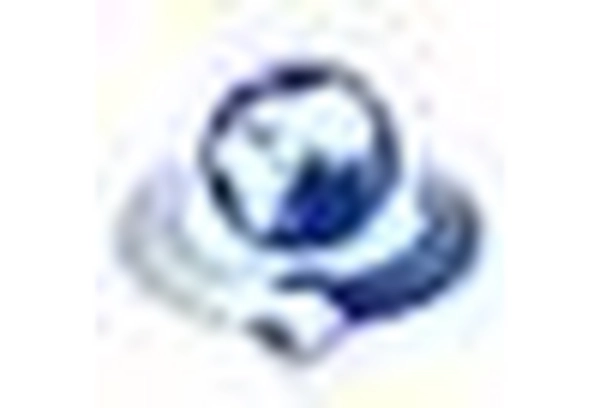
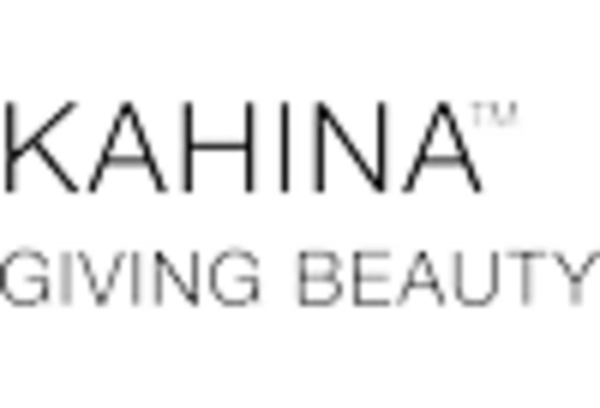
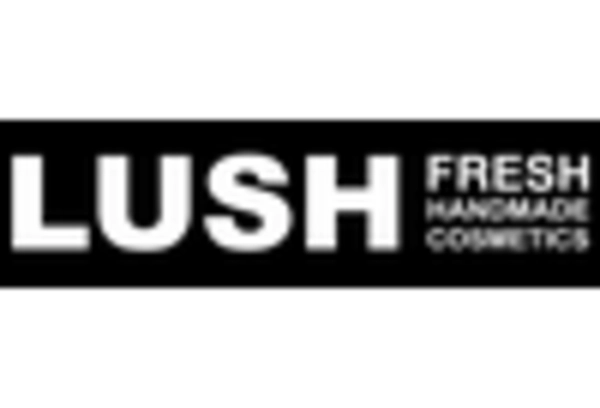









Leave a Comment